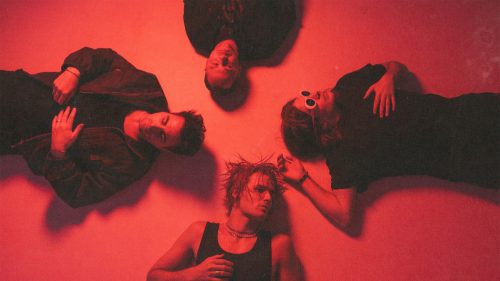Electronic music has become a dominant force in the music industry over the last few decades. From the pulsating beats of techno to the ethereal melodies of ambient, dance music offers multiple genres for both listeners and producers to find their niche. Whether you are a seasoned enthusiast or a curious newcomer, this electronic music genre guide will serve as your compass to navigate the vast and ever-evolving world of electronic music.
Official Electronic Music Genre Guide
House Music
Originating in the 1980s in Chicago, house music quickly gained popularity for its infectious rhythms and powerful vocal samples. With its hit the floor beat and uplifting vibes, house music has become a staple of EDM communities around the world. Subgenres like deep house, progressive house, and tech house offer variations on the classic house sound, catering to different moods and settings.
Techno
Emerging from the underground scene in Detroit during the 1980s, techno is characterized by its repetitive beats, futuristic soundscapes, and hypnotic melodies. Often associated with industrial and minimalistic aesthetics, techno pushes the boundaries of electronic music, immersing listeners in a transcendent sonic experience. Subgenres like acid techno, dub techno, and Detroit techno are just a few examples that showcase the versatility of this genre.
Trance
Trance music is renowned for its euphoric and uplifting melodies, driving basslines, and mesmerizing breakdowns. Originating in the early 1990s, trance gained popularity because of the euphoric feelings it envokes and ability to transcendence listeners. Subgenres such as progressive trance, psytrance, and uplifting trance cater to different tempos and atmospheres within the trance music genre.
Drum and Bass
Known for its rapid-fire breakbeats, and deep basslines, drum and bass emerged in the early 1990s in the United Kingdom. With its roots in breakbeat culture, D&B has evolved into a genre that spans multiple subgenres, including liquid funk, neurofunk, and jump-up. To this day it continues to captivate audiences with its relentless pace and intricate rhythmic patterns.
Dubstep
Originating in the late 1990s in South London, dubstep is characterized by its heavy basslines, syncopated rhythms, and sparse arrangements. Originally part of an underground movement, dubstep has gained mainstream attention with its unique sound. Combining elements of reggae, dub, and electronic music. Subgenres such as brostep and future garage have emerged, showcasing different facets of the dubstep sound.
Ambient
Ambient music creates a tranquil and atmospheric sonic environment, often characterized by its slow tempo, expansive textures, and minimalistic approach. Originating in the 1970s, ambient music has found its place in various genres, including electronic music. Artists like Brian Eno and Aphex Twin have played a crucial role in popularizing ambient music, offering sonic landscapes that evoke introspection and relaxation.
Breakbeat
Breakbeat music is defined by its syncopated rhythms, intricate drum patterns, and the prominent use of sampled drum breaks. Originating from hip-hop and early electronic music, breakbeat has influenced genres like jungle, drum and bass, and breakbeat hardcore. Subgenres such as big beat and nu skool breaks have emerged, incorporating elements of rock, funk, and electronic music.
Electro
A unqiue fusion of funk, hip-hop, and electronic music, electro, which broke out into the scene during the 1980s, showcases robotic vocals, synthesized basslines, and an emphasis on rhythm. The genre gained popularity with the advent of the Roland TR-808 drum machine, which played a significant role in defining the electro sound. Electroclash, techno-bass, and Miami bass are just a few of the subgenres that have further expanded the electro sound.
From the underground origins of house and techno to the expansive soundscapes of ambient and the high-energy beats of drum and bass, each genre of electronic music has its own unique characteristics and artistic expression. Electronic music continues to evolve and captivate listeners worldwide and doesn’t seem to be taking a break anytime soon.
As technology advances and new artistic visions emerge, the possibilities for electronic music are endless. We hope you enjoyed our electronic music genre guide.
RAPPER WEED: WHICH RAPPERS HAVE CANNABIS PRODUCTS IN THE MARKET?
10 UNDERRATED FEMALE RAPPERS YOU SHOULD LISTEN TO RIGHT NOW
9 RAPPERS FROM DETROIT YOU NEED TO KNOW THIS YEAR








